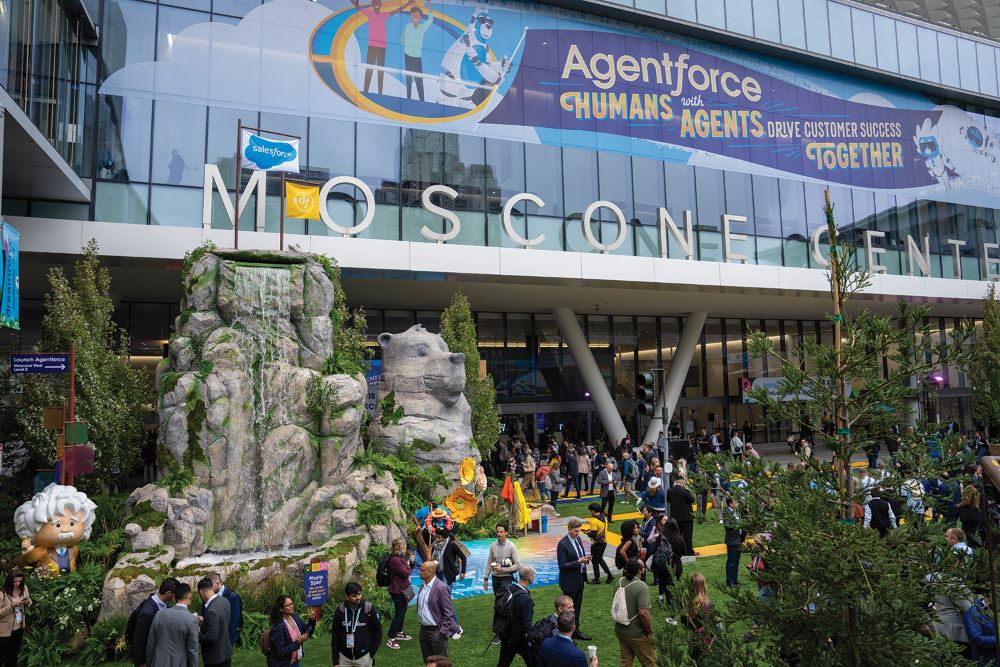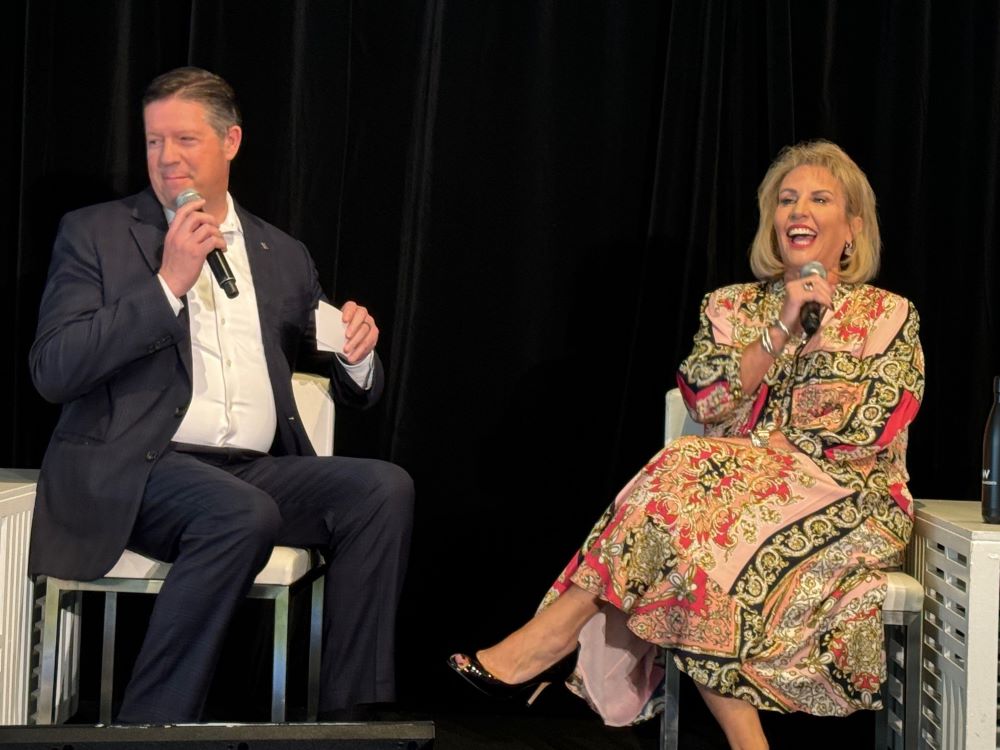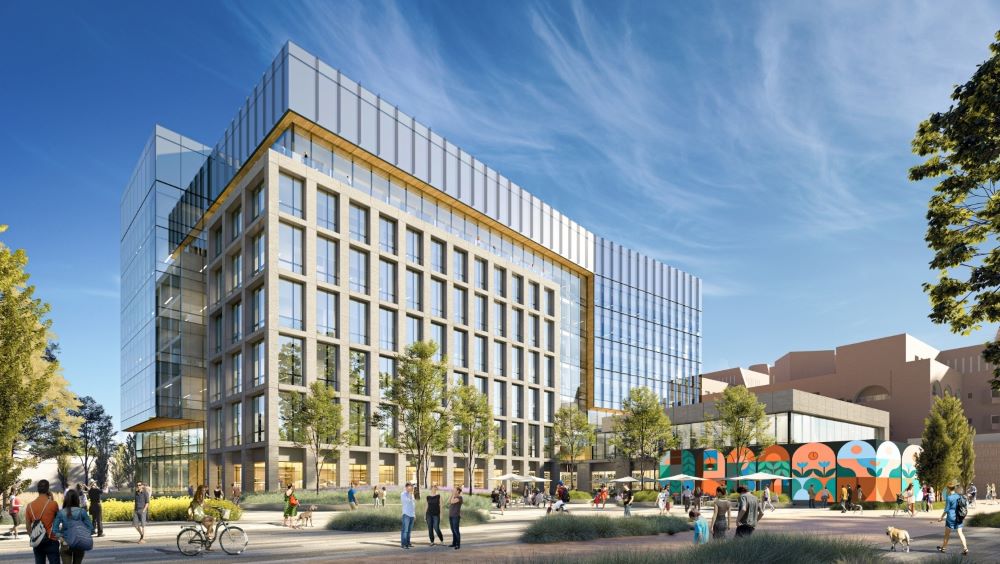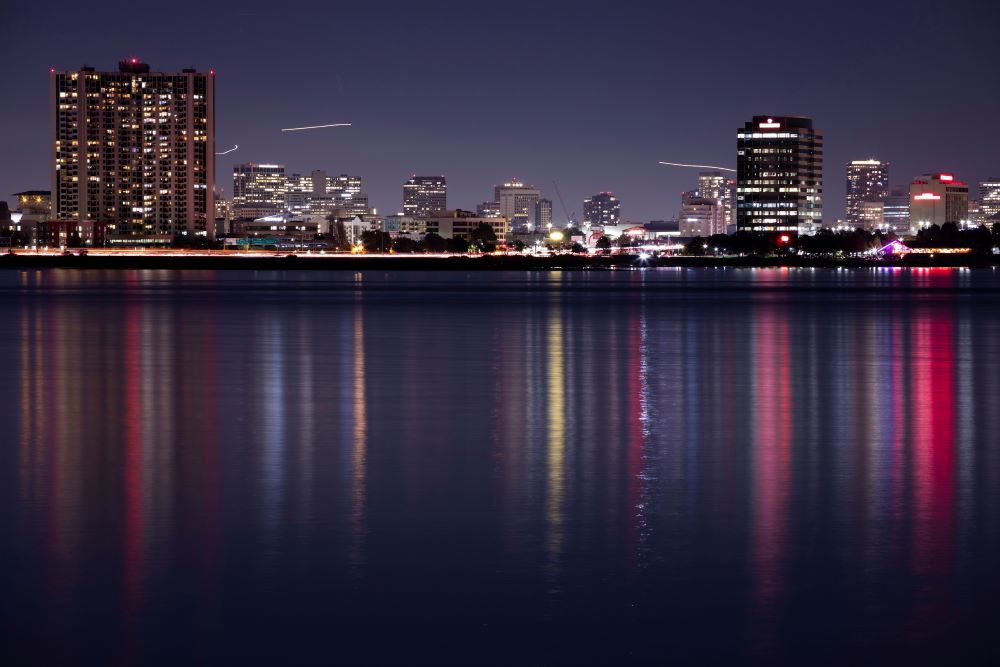There’s been a great deal of effort expended on writing off San Francisco, that jewel box of a city that is so iconic both as a tourism destination and being the leverage point that has driven monumental change on a global scale.
Disparage as they do, San Francisco and the East Bay seem poised, through fits and starts, to reclaim their status as darling destinations and innovation laboratories for the world, given their inevitable comeback.
[Related: Will AI Save San Francisco From the 'Doom Loop?']
A case in point on the conventions and technology side is Salesforce’s Dreamforce, held September 17-19 at San Francisco’s Moscone Center with more than 45,000 in-person attendees.
Started in 2003 as a 1,000-attendee-strong event at the Westin St. Francis hotel in downtown San Francisco, Dreamforce may serve as a barometer of the city’s conventions appeal. As Dreamforce goes, so goes San Francisco?
Although Salesforce CEO Mark Benioff again decided to locate in San Francisco, it was generally assumed the success or failure of the 2024 show would be highly determinative in whether it moves on to other pastures.
In good news for both San Francisco and Dreamforce, immediately after the event, Salesforce re-upped with the city to located Dreamforce there for the next three years.
"We’re going to be here for three more years as long as it remains safe and secure and trusted. We’re going to keep coming back," Benioff said in an interview with local TV station KTVU.
"This is the home of all of the greatest computer scientists and breakthroughs that are happening," he added in the interview shortly before Dreamforce commenced. "You know we have a great city. The city's never looked better, and I couldn't be happier."
[Related: Artificial Intelligence Strides in California Hospitality Industry]

Riding the Wave
Although you may have heard otherwise, San Francisco is still hot, or at least warming back up, as the case may be.
Driving through town on the major freeways, you’ll notice billboards beckoning to AI companies and their workers where five years ago they may have been calling out to the former cutting edge, such as Google, Airbnb, Uber and the like.
AI is on the ascent and the established move on. It’s the tech world circle of life.
According to data from Crunchbase, a platform for intelligence on business trends, more than 50% of all global venture funding for AI-related startups went to companies headquartered in the Bay Area in 2023. The first quarter of that year, in fact, saw that percentage spike to 75% following the meteoric rise of San Francisco-based OpenAI unleashing ChatGPT on an unsuspecting world, garnering a $10 billion investment from Microsoft—the largest single funding deal ever for an AI company, according to Crunchbase.
According to statistics from PitchBook and the National Venture Capital Association, San Francisco start-ups raked in $6.4 billion in venture capital investment in the second quarter of 2024, with the greater San Francisco Bay Area pulling in more than a third of all venture capital invested in the U.S.
Further, according to the report, of the $37.4 billion in new capital raised nationally in the first half of 2024, $22.4 billion —60% —was pulled in by Bay Area companies, which would be the highest share of capital since 2014 if the trendlines hold.
While down from the halcyon pre-pandemic days, the upward trend is welcome news in a city and region that has been hit hard by the pandemic and exit of many established technology companies.
The world's startup capital, $430 billion in venture funding has flowed into San Francisco firms in the previous six years, according to PitchBook-NVCA Venture Monitor, more than double of the amount raised by the second-place city, New York.
The San Francisco Bay Area will always be where the revolution starts—such as startups innovating the latest technology wonders—before growing up and moving away to other places where lower labor costs and a less expensive cost of living allow companies to scale up manufacturing.

As AI ascends, its life sciences community continues to be a leader.
[Related: San Francisco Travel Names New CEO to Replace Beck]
A few new developments are currently making waves in San Francisco:
- A 70,600-square-foot incubator facility in the Dogpatch neighborhood from MBC BioLabs, which has helped launch more than 300 companies working on cures for diseases such as cancer, heart disease, Alzheimer’s and Parkinson’s, that will provide workspace and equipment for biotech startups.
- A new startup lab in one of the city’s newest enclaves, Mission Rock, which sits next to Oracle Park.
- A new biomedical facility in Gladstone Institutes’ Mission Bay building that will offer nearly 200,000 square feet of space and house approximately 30 labs. The nonprofit biomed company also plans to add 100,000 square feet to its current Mission Bay footprint in order to house up to 15 more labs in a neighborhood that is home to over three dozen life sciences companies, including FibroGen, Nektar, Celgene, Bayer and Pfizer.
Nine major medical/life sciences conferences were held in San Francisco/Moscone Center in 2023, headlined by the annual JP Morgan Healthcare conference, according to San Francisco Travel, which said nine are currently on the books for 2025.
Medical/life sciences groups still desire San Francisco because of the Bay Area’s thriving research and invention culture that is paired with ready access to capital and some of the top universities in the world.
Bolstering the good vibes are statistics that show the nine-county Bay Area’s status is a biotech powerhouse responsible for nearly $143 billion in economic output in 2023, according to the recently released Biocom California 2024 Life Science Report. The same report found that San Francisco produced nearly $8.5 billion in total life sciences economic output in the same time period alone.
And while the statistics also showed that the area’s biotech market was down on the whole, that trend was tempered by a global downturn in the segment overall.
New Beginnings in the East Bay
Just across the Bay Bridge from the AI boom in San Francisco, the East Bay is a hotbed of incubation that attracts biomed startups.
The Bay Area’s fastest-growing city, Emeryville—which has a population of less than 13,000—was incorporated at its inception to be business friendly, without the height or density limits of its larger neighbors.
“Emeryville has always had a presence in life science,” said Chadrick Smalley, community development director for the City of Emeryville. “Many years ago, there was a company called Chiron, and Cetus [Corporation], that were started in Emeryville, and it’s so ironic to me that during the pandemic, PCR [polymerase chain reaction] became a household name because of the test, and PCR was invented in Emeryville—it’s a Nobel Prize-winning invention that happened just off the Hollis Street.”
The latest hot property in Emeryville—which along with neighboring Berkeley is home to more than 150 biotech companies—is the six-building, 1.3 million-square-foot Emery Yards research laboratory project.

Counter to the notion that sprawling campus developments in cities such as Emeryville are often on the nondescript side, the city has placed a premium on public art projects and now boasts some 70 publicly owned artworks and 230 separate installations that are available to the public.

Emeryville’s Rotten City Cultural District—a name that makes light of the city’s reputation for being corrupt in its beginnings, with even the city’s police department running rum during Prohibition—offers three art galleries and is working on a fourth.
Groups wanting to tap into the pulse of what’s happening in Emeryville and the East Bay can hold meetings or stay at the 297-room Sonesta Emeryville-San Francisco Bay Bridge, which offers nine event spaces and 5,000 square feet of meeting space.
“Emeryville is centrally positioned between San Francisco, Berkeley and Oakland and several biotech companies are headquartered here, including Grifols and Bayer, making it easy for planners to attract prospective attendees,” said David Folzenlogen, director of sales and marketing for the property. “The hotel is also walkable to over 20 restaurants, shopping and entertainment venues, including the Public Market and Bay Street Shopping Mall.”

Just north of Emeryville in Berkeley, Lane Partners is developing the 540,000-square-foot Berkeley Commons, which includes two three-story research and development buildings, labs and offices as part of a 20-acre project. A highlight of the LEED Gold-certified development is a 40,000-square-foot green roof.
Of course, even with all of the new developments coming in—many times being speculatively built in anticipation of market shifts increasing demand for space—California, and the Bay Area in particular, still often gets a bad rap in the national media.
“You know, there are challenges that every place faces, but at the end of the day, this area is still the engine of California’s economy, which is the sixth largest in the world,” Smalley said. “The reality on the ground isn’t tracking with what the rhetoric out there in the press is.”







